United Fruit Building
Introduction
Text-to-speech Audio
Images
The drawing shows the completion of the United Fruit Building in 1920. The company's downfall came in 1975 when the Securities and Exchange Commission charged United Fruit with bribery.
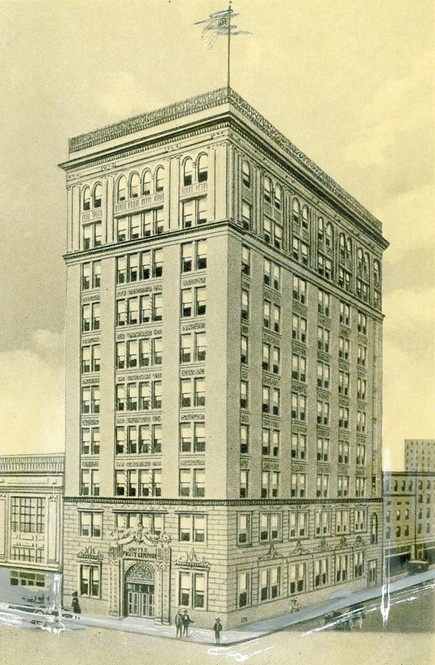
This Chiquita brand logo was created in 1943 by mixing the company's product with a caricature that was based on Carmen Miranda, a popular salsa dancer who was not consulted or compensated for using her likeness.
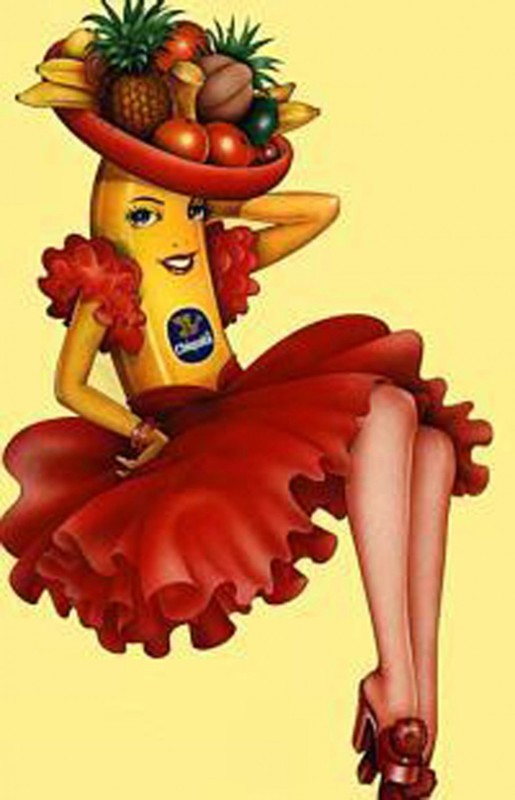
New Orleans workers prepare bananas for shipment throughout the US at the Poydras Street Wharf in 1957.
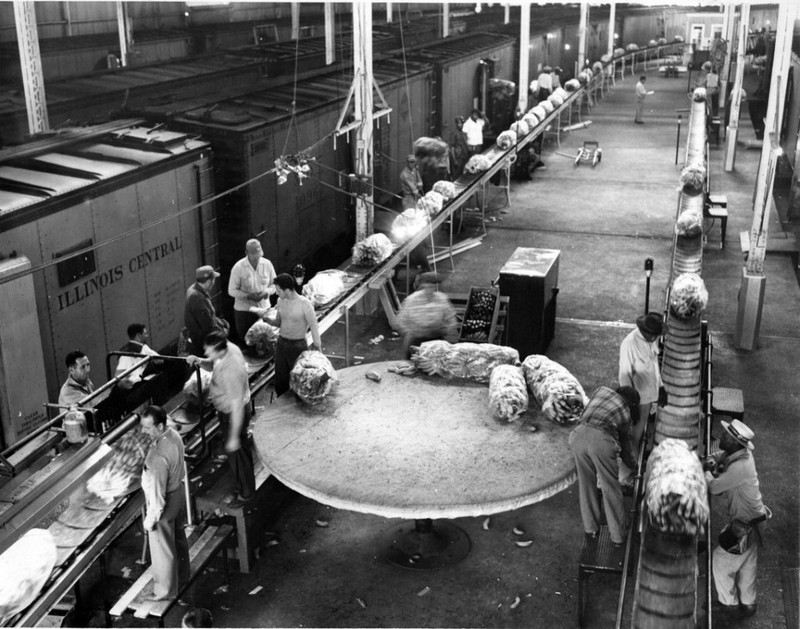
Although United Fruit no longer occupies the building, the main entrance and interior retain the name of the company and friezes depicting tropical fruit.
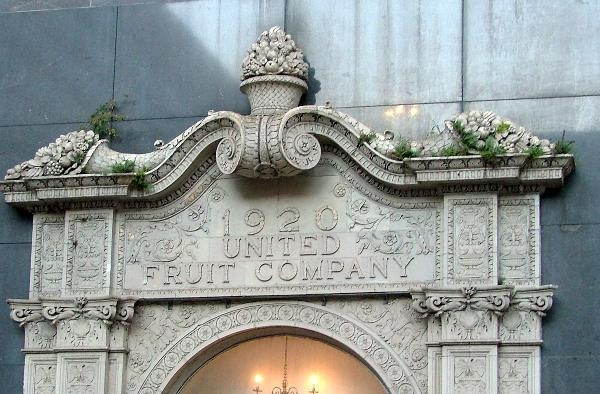
Learn more about United Fruit and the coup in Guatemala with this book from the David Rockefeller Center for Latin American Studies.
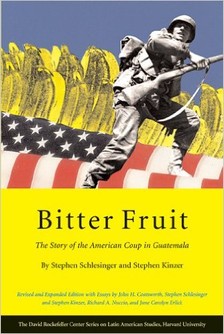
The company operated a steamship known as "the Great White Fleet" that included luxury accommodations for US travelers to Latin America. In the early 1900s, a US Navy fleet that completed an around-the-world mission was also known by this name.
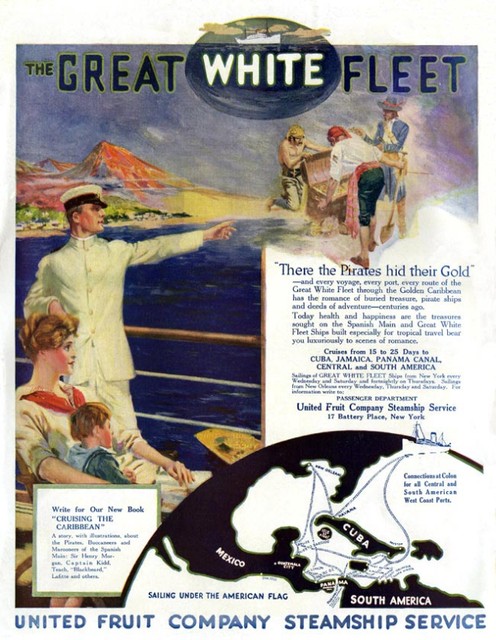
Backstory and Context
Text-to-speech Audio
The company maintained control of vast territories throughout the Caribbean and Latin America. They also built and maintained control of railroads and steamship lines, including ownership or at least partial control of numerous railroads throughout Latin America and a fleet of steamships known as “The Great White Fleet." For residents of Latin America, this name reflected the arrogance of Caucasian businessmen employed by the company and their complicit local leaders who increasingly came to dominate the economy of Central America.
While the Dole company operated a virtual monopoly in Hawaii and other regions, the United Fruit Company came to control millions of acres in Latin America. The company also exercised control in the economy and politics of many Latin American countries from the 1920s to the 1970s, leading to the derogatory label “Banana Republic.” This moniker referred to the way that foreign companies who controlled the export of impoverished nation’s agricultural commodities came to control the politics and economy of those nations.
The company routinely defended its record by pointing to its investments, including railroads and ports, in each of the countries where it maintained fruit plantations. The company also donated funds to build schools and hospitals. However, economic historians point out that Latin American countries could have developed their own infrastructure had it not been for complicit local leaders who allowed the United Fruit Company to prevent the construction of competing railroads. Had local companies and foreign investors beyond United Fruit been permitted to compete with United Fruit, the economy of Latin America might have more directly benefited from the production of fruit and other commodities. Instead, United Fruit maintained a near monopoly over agriculture and transportation in many Caribbean and Latin American nations.
In 1975, SEC investigators discovered an attempt to bribe Honduran President Oswaldo Arrellano in exchange for lowering export taxes. In 2007, company officials pleaded guilty to paying members of United Self-Defenders of Colombia to protect company lands. The revelation of the company’s payments to this organization triggered outrage in the United States, as the State Department listed this Colombian paramilitary organization as a terrorist organization owing to their attacks on civilians during their decade-long attempt to take control of the region by force, as well as their involvement in the illicit drug trade. Chiquita Brands agreed to pay $25 million in restitution to Colombian families who had been victimized by the violent actions of the
The United Fruit Company’s fortunes declined as more Latin American nations turned against dictatorial governments and achieved greater measures of political and economic autonomy. The 1975 SEC case against the company followed the suicide of the company's chief executive and led to the company's assets being sold and the company being reorganized. The company currently operates as Chiquita Brands International with headquarters in Charlotte.
Sources
Our Complex History. United Fruit Company website as recorded by the Wayback Machine. November 18, 2001. Accessed January 15, 2008. https://web.archive.org/web/20011118092239/http://www.chiquita.com/chiquitacr1/6backgrnd/crp92.asp.
Photos from the Times-Picayune website nola.com http://photos.nola.com/tpphotos/2011/10/175united_7.html
